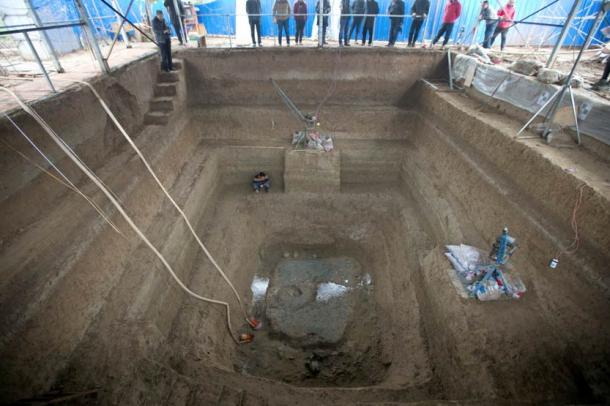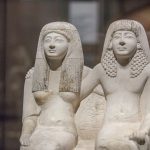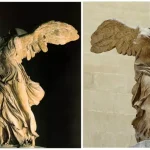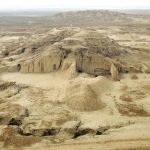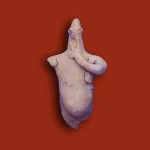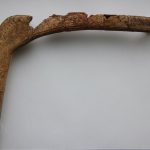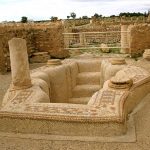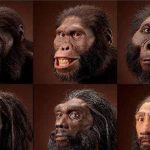2,500-Year-Old Royal Tomb Complex with Horse Burial Pit Unearthed in China
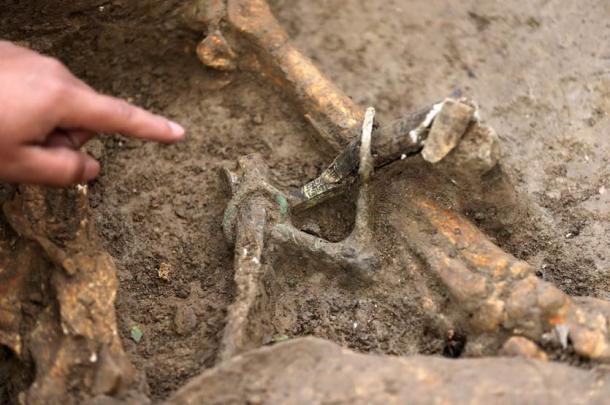
Archaeologists in China have unearthed an elaborate 2,500-year-old tomb within a massive burial complex containing around 200 other graves, which has been under excavation since 2009 in Luoyang City, Henan Province. Believed to hold the remains of an ancient royal family, the tomb could offer valuable insights into a little-known kingdom in China’s history.
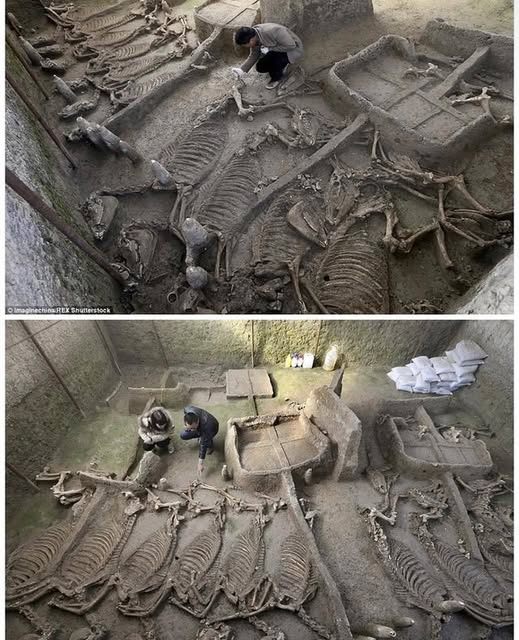
According to the People’s Daily Online, the grand tomb measures 21 feet (6.5 m) in length, 17 feet (5 m) in width, and 28 feet (8.5 m) in depth. Inside, archaeologists discovered copper bells, ceremonial vessels, and a burial pit containing six chariots and the complete skeletons of 13 horses. The horses were arranged on their sides, adorned with decorative items. In one corner of the pit, numerous cow and sheep heads and hooves were also found. The tomb’s size and richness, far surpassing that of the surrounding graves, indicate its royal status.

Experts link the burial site to the short-lived Lukun Kingdom, which existed for only 113 years between 638 BC and 525 BC. The Lukun people were part of the Rong—an ancient term meaning “warlike foreigner”—referring to an ethnic group from the northwestern frontier of what was then China, inhabiting a transitional zone between agricultural and steppe lifestyles. Researchers hope the discovery will illuminate this obscure chapter of Chinese history, for which written records remain scarce.
